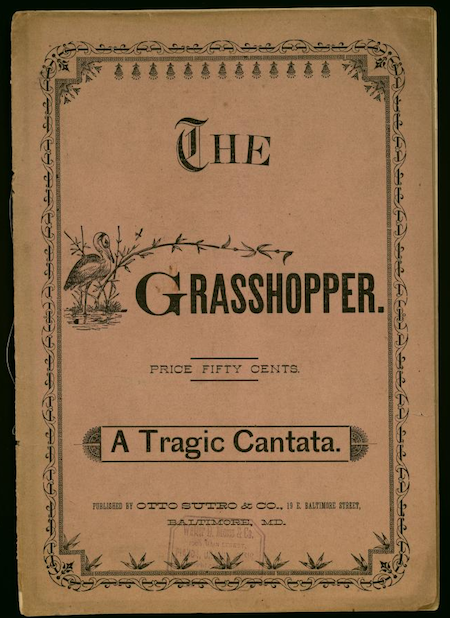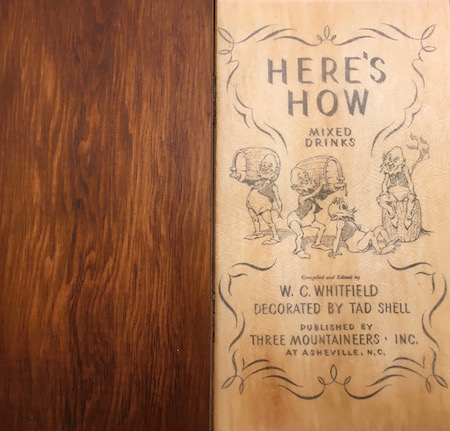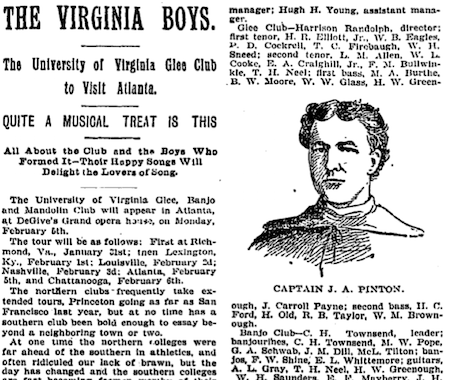I came to David Bowie, as to all good things, late. My memories of his music in childhood were fragmentary: “Dancing In The Street” was a top 40 hit, and “Let’s Dance” impinged on my consciousness. Later, WNOR and WAFX played that of his material that had been admitted to the classic rock canon: “Suffragette City,” “Space Oddity,” “Changes,” “Rebel Rebel.” I had no idea what lay behind those works.
I came to the better parts of Bowie obliquely, which is appropriate. In the fall of my last year at UVA, Philip Glass’s “‘Low’ Symphony,” based on Bowie’s first album with Brian Eno, came out on CD. It went into my odd heavy rotation. I didn’t check out the album it came from until later, after their collaboration “Outside” had twisted my head, obsessed my thoughts, and ultimately left me cold.
Eventually I found “Low,” but the first listen befuddled me. Then “‘Heroes,'” which was an entirely different story – the title song is probably the only one of his works I can sing from beginning to end. Slowly I was catching up.
I made it through “Ziggy,” “Lodgers,” then “Station to Station.” At which point I began to appreciate what all the fuss was about. The level of the funk he was pulling off in that record!
By contrast the first listen to “The Next Day” underwhelmed me. I’m going to go back and listen to it again, but at the time my dominant impression was “He’s been sick.” The once mighty voice was thin, though still powerfully emotive. And I won’t claim prescience, but it did remind me of the way that Chris Whitley’s voice was eroded in his last recording, or Yauch’s. I probably didn’t think the C word aloud.
But I managed to leave that impression behind. Because the lead single from his now-final album, ★, lifted off the top of my head in a way that his work hadn’t for a while. The skittering drum work of Mark Guiliana anchored a performance by the rest of his band that was at once exhilarating and familiar after the modern jazz I had been consuming for years. And the aesthetic of the video… well, I finally understood Bowie as a complete artist. And I will probably have nightmares with buttons for eyes for a long time.
I devoured the album when it came out last Friday, pausing only over “I Can’t Give Everything Away.” It sounds like a valediction, I thought.
Then this morning, and the place in my mind that was consumed by Bowie’s vital comeback realigned in an instant. It wasn’t a comeback. It was a parting gift. Bowie’s performance in “Lazarus” was completely convincing because he knew what it was to be in a hospital bed.
So now he’s gone, and I’m left to marvel at the wild oracular talent, the body of work that it left, and how far ahead he was and how far I had to go to catch up with him.



